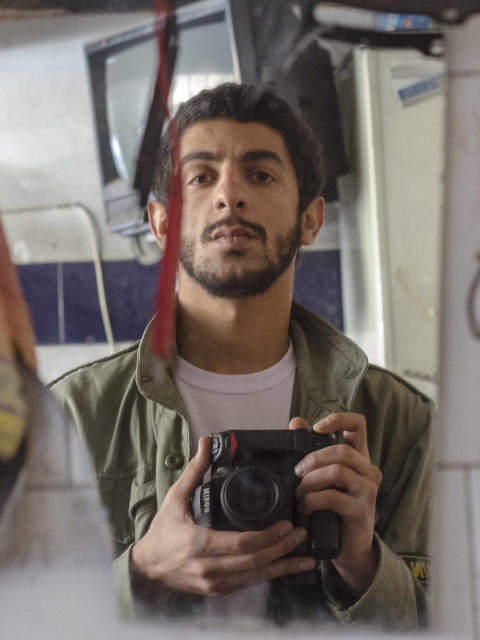In 1979, during and after the Islamic Revolution of Iran, a vast number of cinema and theatre halls were set on fire by extremist revolutionaries or closed forever. Consequently, many artists and workers were forced to give up their professions. The phenomenon in question can be considered an effort of the government to further change the country’s cultural identity. One of the closed-down theatres was Tamashakhaneh Tehran, the country’s oldest modern theatre built in 1915. By revisiting the theatre, the film aims to draw attention to a suffocated social culture. Through patient observations and metaphoric statements, the filmmaker brings this omitted subject to the centre of attention.
Besides referencing history and factual events through the use of archive materials, interviews, and, the artist utilises poetic text and imagery besides choreographed pieces to uncover the abstract collective memory of this theatre and the era. The intention is to invite the audience to witness something silent for a long time gain expression again.
Scented Rooms narrates the story utilising poetic and metaphoric language, revisiting the theatre’s interior architecture, and skims through archive materials and historical events. The film observes ruined objects that have remained in the building. It shows original recordings from the past besides re-enactment pieces that are filmed in a theatrical space in Stockholm, representing the actors who had been oppressed and banned from working. Additionally, leaning into interviews with people, past events are being reviewed. The film avoids being merely descriptive and elevates factual references through its dedication to metaphoric language.
By using 35mm film, the film aims to reach a specific aesthetic which can convey the memory of the era. As the celluloid film on which the footage is captured has gone through a decay process, it can be considered an agent in the creation of the image and in reaching the memory of the theatre thereof.
Rent this work for public screenings

